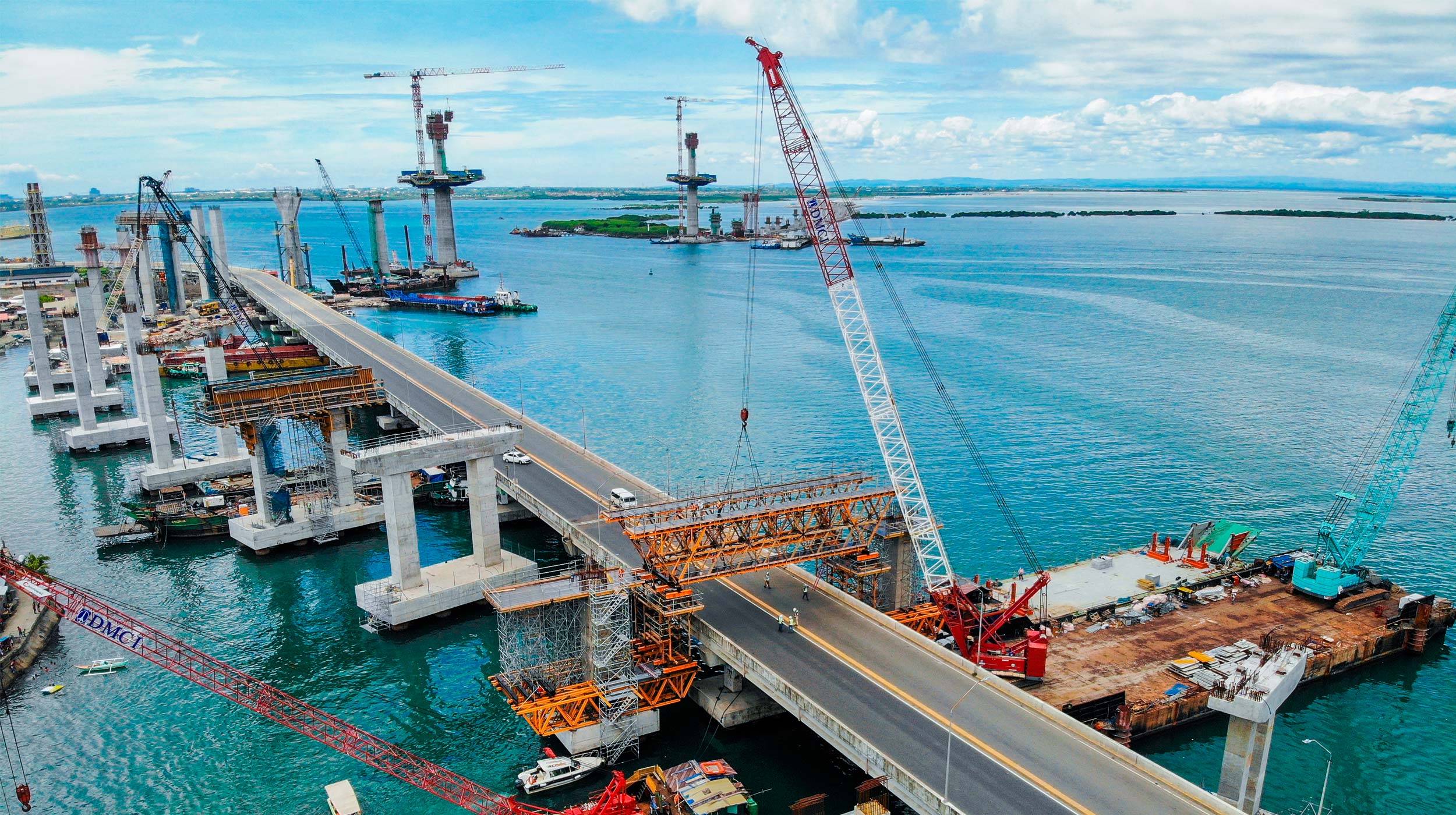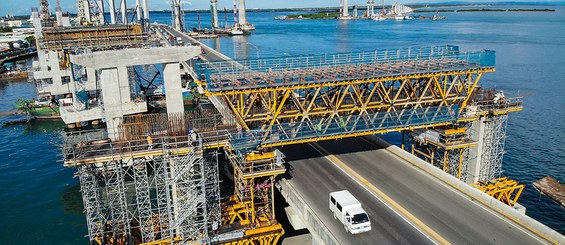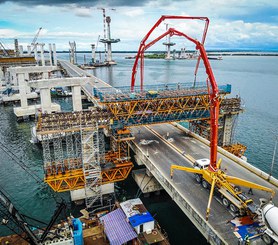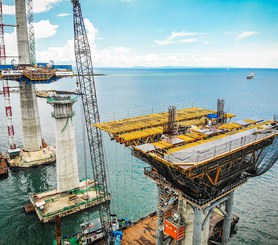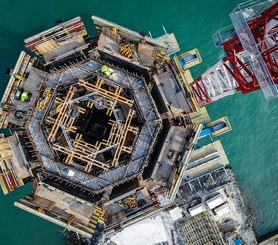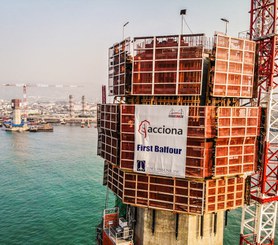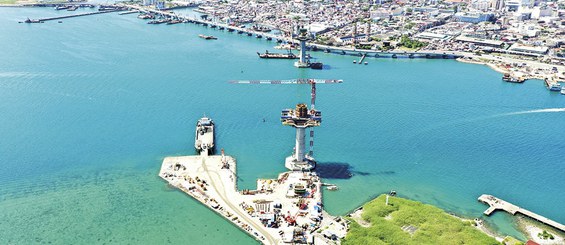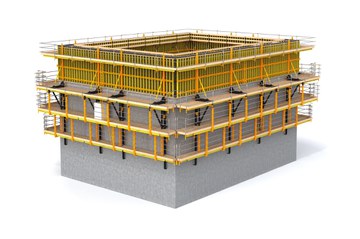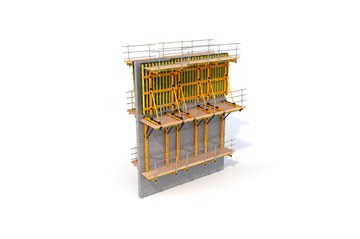Description
The Cebu—Cordova Link Expressway will create a direct connection between the industrial area of Cebu and the Mactan International Airport, as well as the new urban developments of Cordova, thus streamlining transportation and boosting the local economy.
With a total length of 8.25 km and a width of 27 m, the Cebu—Cordova Link Expressway will have two lanes in each direction, serving some 40,000 vehicles daily.
The largest element of the project is a 650-meter cable-stayed bridge, with a main span of 390 meters between the pylons, linking the cities of Cebu and Cordova. The project will also include several viaducts, as well as a 5.2 kilometre-long stretch of roadway built on an embankment.
ULMA Solution
ULMA undertook the most technically challenging structures in this project: the pylons, the working platforms for the installation of the cable-stayed structure, as well as the piers, pier caps, and pier segments. We were also responsible for a pier cap beam whose size and unique technical requirements, combined with the constant interference of traffic below, made it the most challenging of the project.
The project consists of two 150 m octagonal pylons, varied on all faces. The ATR Self-Climbing System not only adapted to the height and geometry of the pylons, but also to the presence of a 50 m high ornamental metal cross embedded in the concrete, a tribute to Magellan's arrival in Cebu. Likewise, the system proved sufficiently flexible during pouring to adjust to the presence of the cable anchors embedded in the wall. This presented a significant interference in the interior of the piles during Phase 3, though it was foreseen in the initial design of the solution.
The comprehensiveness of the ATR System allowed the crane to be used for other auxiliary works, such as rebar placement.
All systems were designed to ensure the ease and safety of work, as well as the productivity of the entire construction process. In fact, fully enclosed work platforms were designed so that it was possible to carry out the work even in extreme wind conditions, typical of the area. The configuration of the ATR Self-Climbing System was designed specifically to meet the requirements of these two pylons, utilizing three working platforms. The main platform for was used for bearing loads, reinforcement work, and offsetting the formwork; the intermediate platform housed the hydraulic system, and the third platform was used for cone recovery.
In addition, the formwork itself was equipped with working platforms to guarantee the worker safety at all times.
The final formwork solution was divided and designed in three different phases:
- Phase 1: From foundation to slab deck (44.27 m)
- Phase 2: From slab deck to start of the cross section (50.18 m)
- Phase 3: From the beginning of the cross section to the top (41 m).
The work processes were planned so as to improve the pace of execution: 5 metre pours in weekly cycles.
The following phase consisted in installing the stay cables that connect the two pylons to the bridge deck. For this purpose, ULMA supplied BMK platforms to facilitate the work of placing and tensioning the cables during Phase 3 of the pylon construction.
In order to connect the Cebu South Coastal Road (CSCR) to the main bridge, a pier cap support beam with demanding technical specifications was required. ULMA's engineering team proposed a solution based on the MK System to implement a 45 m long square section beam supported on two piers and with cantilevers up to 8.3 m.
ULMA personnel were present continually throughout the project, accompanying the client on a daily basis from the very beginning, providing solutions in real time to any technical questions that arose.

